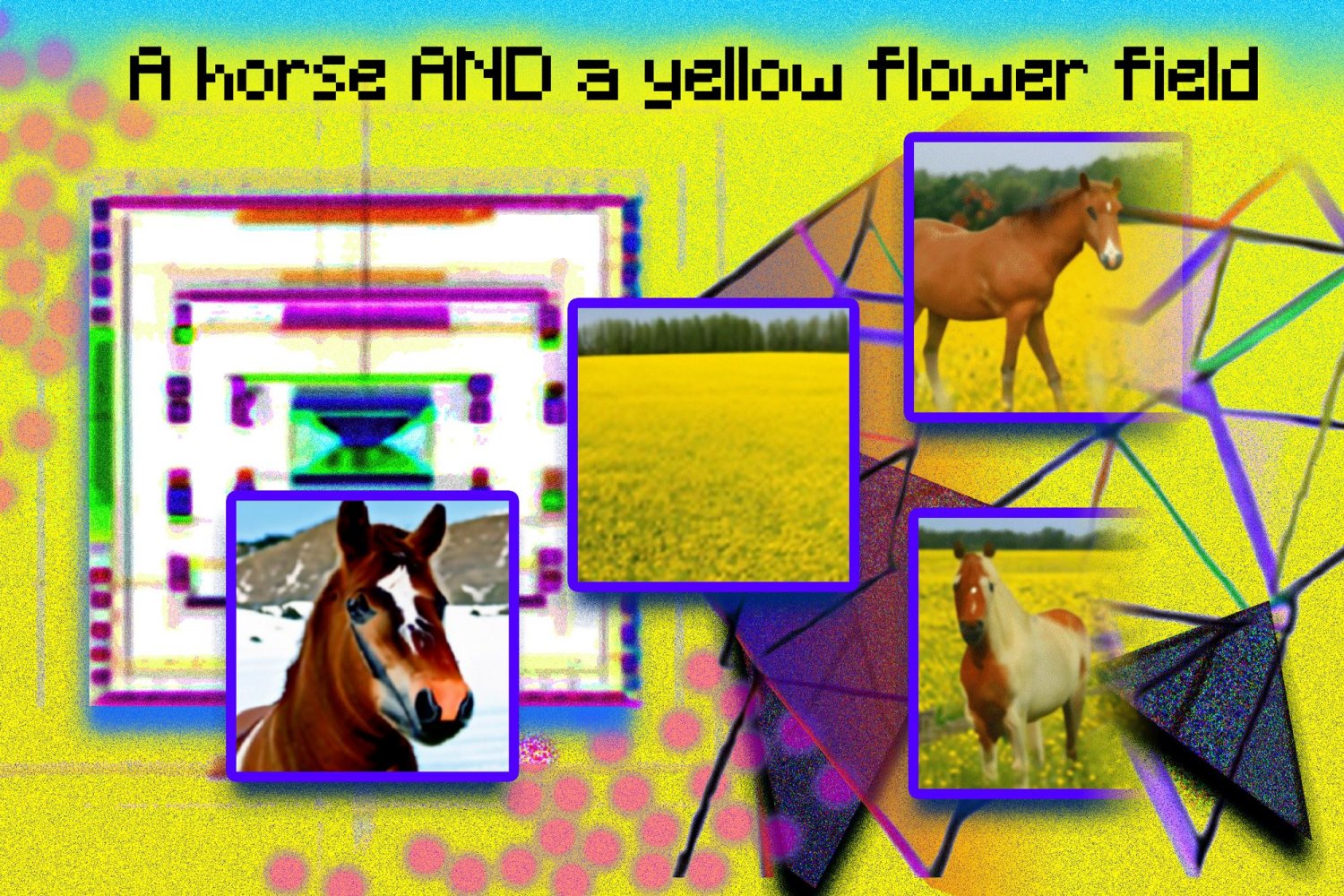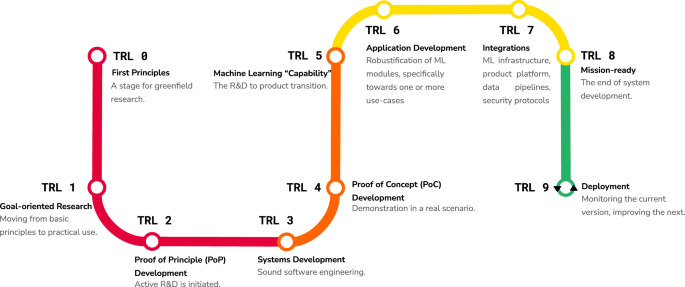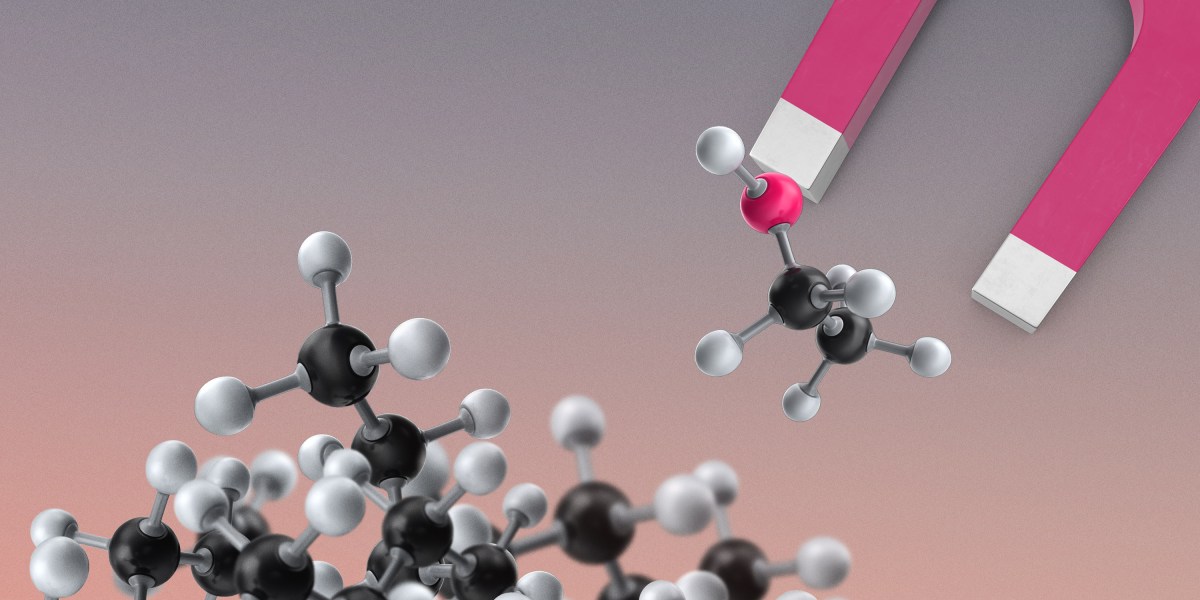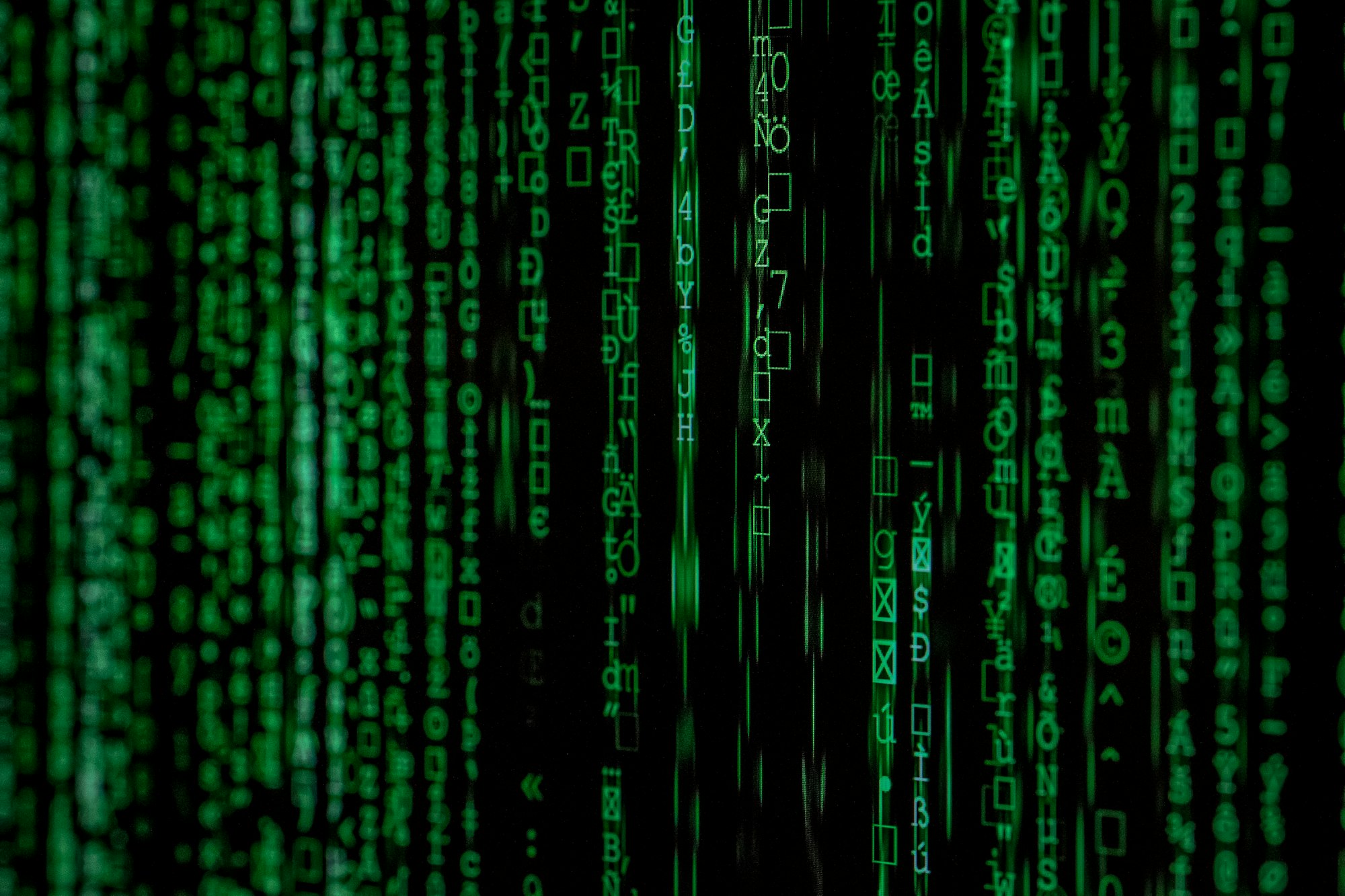AI this week #31
AI this week

If you like our work, please consider supporting us so we can keep doing what we do. And as a current subscriber, enjoy this nice discount!
Also: if you haven’t yet, follow us on Twitter, TikTok, or YouTube!
The World This Week
In the world of AI
Startups, Businesses and Enterprise
3 Questions: How AI image generators could help robots
MIT PhD student Yilun Du describes methods to make generative art systems like DALL-E 2 more creative, while also exploring using stable diffusion models for robots.

AI in Medicine Is Overhyped
AI models for health care that predict disease are not as accurate as reports might suggest. Here’s why

Evaluating Language Model Bias with 🤗 Evaluate
We’re on a journey to advance and democratize artificial intelligence through open source and open science.

Navina secures $22M to process and summarize medical data for clinicians
Navina, a startup developing software to automatically summarize medical records data, has raised $22 million in fresh capoital.

Why ‘generative AI’ is suddenly on everyone’s lips: It’s an ‘open field’
There’s a lot of confusion about generative AI, including how new exactly it is, and whether it’s becoming massively overhyped.

Research, Initiatives and Open Source
Technology readiness levels for machine learning systems - Nature Communications
The development of machine learning systems has to ensure their robustness and reliability. The authors introduce a framework that defines a principled process of machine learning system formation, from research to production, for various domains and data scenarios.

Machine learning could vastly speed up the search for new metals
It’s a development that could be useful for applications from outer space to the deep sea.

Using AI to compress audio files for quick and easy sharing
Sending an MP3 typically requires 128 kb/s of bandwidth. We can compress HiFi audio down to 12 kb/s, without sacrificing the quality.

How do you solve a problem like a proton? Smash it, then build it back with machine learning
Protons are tiny yet they carry a lot of heft. They inhabit the center of every atom in the universe and play a critical role in one of the strongest forces in nature.

Tutorials
What Are Graph Neural Networks?
GNNs apply the predictive power of deep learning to rich data structures that depict objects and their relationships as points connected by lines in a graph.

In case you missed
Last Week's Posts
In case you missed the last week's posts, please read them here.
Monday:
Representation learning
Pattern Detection

Tuesday:
Personalizing Text-to-Image Generation via Aesthetic Gradients (Paper+Code)
In this paper, aesthetic gradients are proposed as a method for personalizing a CLIP-conditioned diffusion model by using a set of images to guide the generative process towards a custom aesthetic. The approach is validated through qualitative and quantitative experiments using the recently develope…

Wednesday:
Graph Machine Learning
If you like our work, please consider supporting us so we can keep doing what we do. And as a current subscriber, enjoy this nice discount! Get 45% off forever Also: if you haven’t yet, follow us on Twitter, TikTok, or YouTube! Graph machine learning is a type of

Thursday:
AI Startups working in text for marketing
If you like our work, please consider supporting us so we can keep doing what we do. And as a current subscriber, enjoy this nice discount! Get 45% off forever Also: if you haven’t yet, follow us on Twitter, TikTok, or YouTube! AI for marketing Generative text can be

Friday:
Ant Colony Optimization
Ant colony optimization (ACO) is a heuristic search algorithm for solving optimization problems that are inspired by the foraging behaviour of ants.

Do you like our work?
Consider becoming a paying subscriber to support us!
Signup to stay updated
No spam, no sharing to third party. Only you and me.












